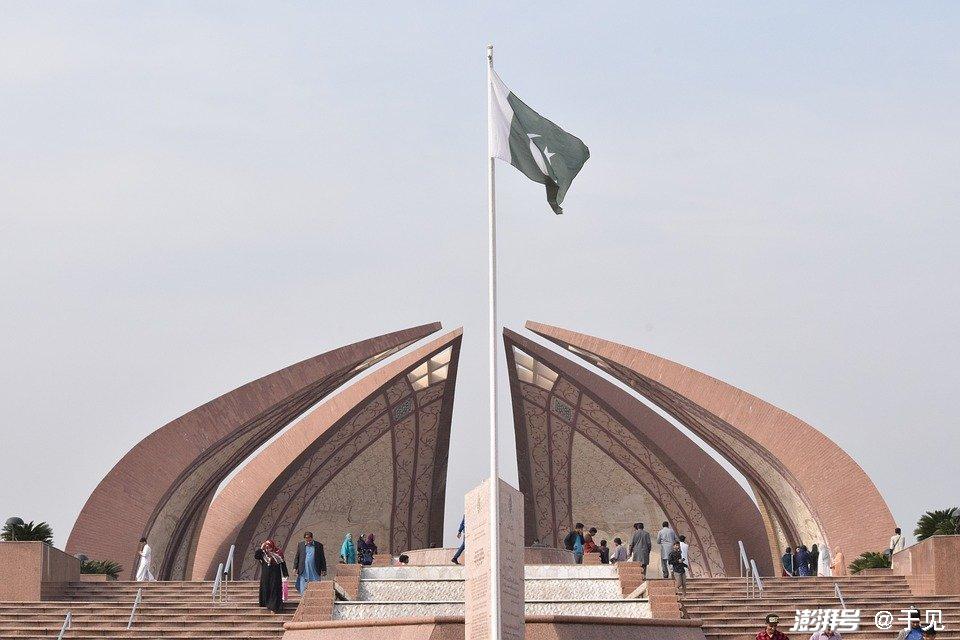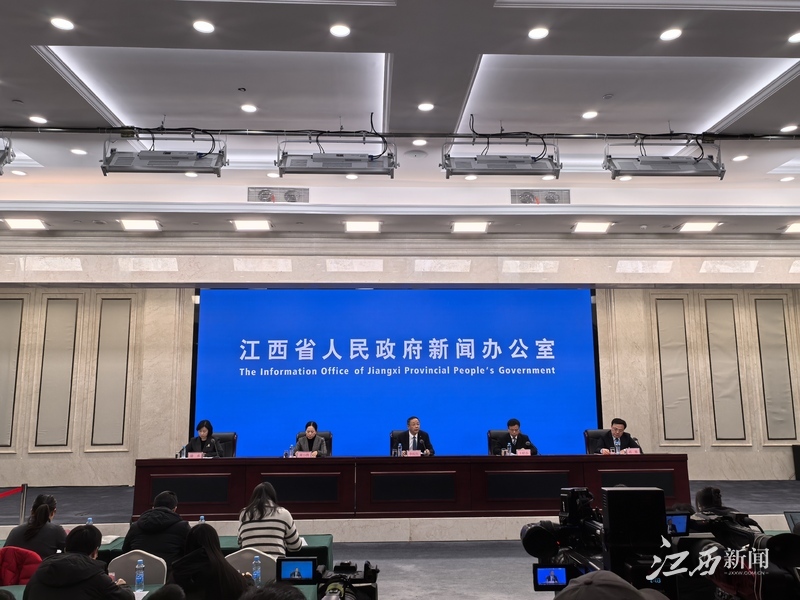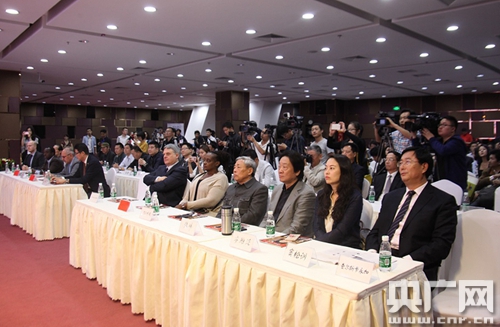Xinjiang’s Transition: Reconstruction Of Investment Value From “channel” To “hub”
Xinjiang’s Transition: Reconstruction Of Investment Value From “channel” To “hub”
Xinjiang used to be a distant frontier on the map; now, in the eyes of investors, Xinjiang is becoming a strategic hub connecting the east and west and the north and the south. With the implementation of the pilot free trade zone policy, this vast land is undergoing a profound revaluation.
Xinjiang used to be a distant frontier on the map; now, in the eyes of investors, Xinjiang is becoming a strategic hub connecting the east and west and the north and the south. With the implementation of the pilot free trade zone policy, this vast land is undergoing a profound revaluation.

1. "Channel" becomes "hub": more than just geographical concepts
"In the past, 'channel economy' might have meant simple transit trade. Now, what Xinjiang wants to develop is a 'hub economy.'" This is how an observer who has long studied free trade zone policies interpreted the implications.
In his view, hub economy means that goods, capital, information, and technology are aggregated, processed, and redistributed here, ultimately giving rise to new, high value-added service formats. This transformation is like upgrading from the "aisle" to the "reception room", and the way of value creation has fundamentally changed.
In the Urumqi International Land Port Zone, electronic products from East China are being intelligently matched with agricultural products from Central Asia; in the Kashgar Comprehensive Bonded Zone, cross-border e-commerce platforms are selling high-quality local agricultural products from Xinjiang to the European market. These scenes are a vivid reflection of the prototype of the hub economy.

2. Revaluation of strategic value: superposition of multiple opportunities
For savvy investors, Xinjiang’s unique value lies in its simultaneous convergence of opportunities from multiple eras.
The need for national strategic security guarantees has put Xinjiang's infrastructure construction on the fast track; its positioning of east-west openness has made it an important node of the "One Belt, One Road"; the advancement of the energy revolution has transformed Xinjiang's scenic and solar resources into green electricity advantages; and the wave of digital transformation has put this land on the same starting line as other regions in industrial upgrading.
"To understand Xinjiang, we need to go beyond simple analogies with eastern coastal cities." said a private equity partner who just returned from an inspection in Xinjiang. "The development logic here is different, but the opportunities are equally huge."

3. New opportunities in the industry: from “flowing through” to “staying”
The essence of the hub economy is to allow resources to not only "flow" through Xinjiang, but also to "leave" value.
In the field of modern logistics, it has upgraded from simple warehousing and transportation to supply chain management and smart logistics; in terms of financial services, business demands such as cross-border settlement and trade financing have surged; in terms of energy cooperation, Xinjiang is transforming from an energy channel to an international energy cooperation hub.
"We are not only focusing on traditional infrastructure, but also on emerging fields such as digital infrastructure and green energy." The head of an investment institution revealed that his team is investigating data centers and new energy projects in Xinjiang.

4. Investor Perspective: Long-term Value Revealed
Although the opportunities are clear, investing in Xinjiang requires strategic patience.
"The investment logic here pays more attention to long-term and strategic aspects." The person in charge of the Xinjiang project of an industrial group said frankly, "Short-term returns may not be as eye-catching as in the eastern region, but the strategic value is irreplaceable."
It is worth noting that as the policy system improves, Xinjiang is attracting different types of investors: the national team is laying out major infrastructure, private capital is exploring business model innovation, and foreign capital is paying close attention to the opportunities brought by the opening policy.

5. Future Prospects: Reshaping the Economic Geography of Eurasia
From a broader perspective, Xinjiang’s transformation is reshaping the economic geography of Eurasia.
With the further advancement of the “One Belt, One Road” initiative, Xinjiang has transformed from an inland hinterland in the traditional sense to a frontier of opening up to the outside world. This change in status will not only bring about the reconstruction of the logistics landscape, but will also give rise to new industrial ecology and business models.





